Non-Motorized Count Program
Collection Methods
The type of counting method used for a location depends on factors such as facility type, location, and interaction with traffic. There are four collection methods utilized by WATS:
Mobile Counts - Collected with one of the two EcoCounter Pyro Box mobile counters owned by WATS. These counters track pedestrians and bicyclists as they pass by the Pyro Box sensor and are best placed next to a sidewalk or trail. Directional flow of traffic is collected but they are not capable of differentiating between pedestrians and cyclists. *Daily use is derived from the average daily count collected throughout the study period, which is typically seven days.
Permanent Counts - WATS partnered with local communities to purchase three EcoCounter Urban Multi permanent counters. These counters collect non-motorized data year-round 24 hour a day. Directional flow of traffic is collected and they are able to differentiate between pedestrians and cyclists. These counters cannot be moved, and currently there is no differentiation between e-bikes, e-scooters, and bicycles. *Daily use is derived from the average daily count collected throughout the study period, which is typically one year.
Manual Counts - Counts are collected in person at the following peak times: 7:45am-9:15am; 11:45am-1:15pm; and 5:00-6:30pm. These counts are best for high volume urbanized areas and are typically done at intersections. *Daily use is derived from the total counts collected throughout the study period, which is typically one day.
Video Feed Counts - Jurisdictions around Washtenaw County use traffic cameras to monitor the flow of traffic. In 2018, WATS partnered with the Washtenaw County Road Commission to test whether traffic cameras could be used to collect pedestrian and bicycle traffic. The recorded feed may be reviewed in the same manner as manual counting. This is useful for particularly busy intersections, where it can be helpful to pause the video. These may be used to collect data on the weekdays as well as on the weekends.
To partner with WATS for additional locations, please contact Maggie Huntley at huntleym@miwats.org.
Program Goals
WATS has been collecting pedestrian and bicycle count data throughout Washtenaw County since 2016. In 2019, WATS began tracking the impact of weather and seasonal variations in these locations. The goal of this program is to:
Evaluate the impact of non-motorized improvements, before and after projects are constructed.
Gather walking and bicycling data that is not available from Census data, including recreational and other non-work trips.
Provide a tool to inform stakeholders and the public about travel patterns and non-motorized facility use.
Assist local stakeholders with pedestrian and bicycle planning.
Aid in prioritizing non-motorized infrastructure and planning projects.
Secure additional funding for non-motorized facilities.
Better inform winter maintenance plans.
Read the WATS 2018 Non-Motorized Transportation Plan to learn more about active transportation planning in Washtenaw County.
“In Washtenaw County, non-motorized transportation is both a component of the region’s high quality of life, and a critical strategy in addressing long term transportation and environmental goals.”
For some tips on using this dashboard, head over to the WATS blog and read Using the Non-Motorized Count Map Dashboard.
